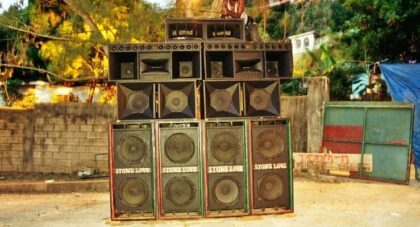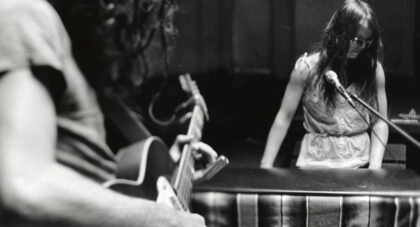... I started to see these two-plus albums (and a posthumous Vol. 3) as the centerpieces of Tim’s most prolific, creative and influential phase, what I’d like to call his “Seroma” phase, named after the rehearsal space and production company of the same name . . .
Only the good shit. Aquarium Drunkard is powered by its patrons. Keep the servers humming and help us continue doing it by pledging your support.
To continue reading, become a member or log in.


